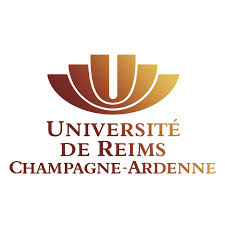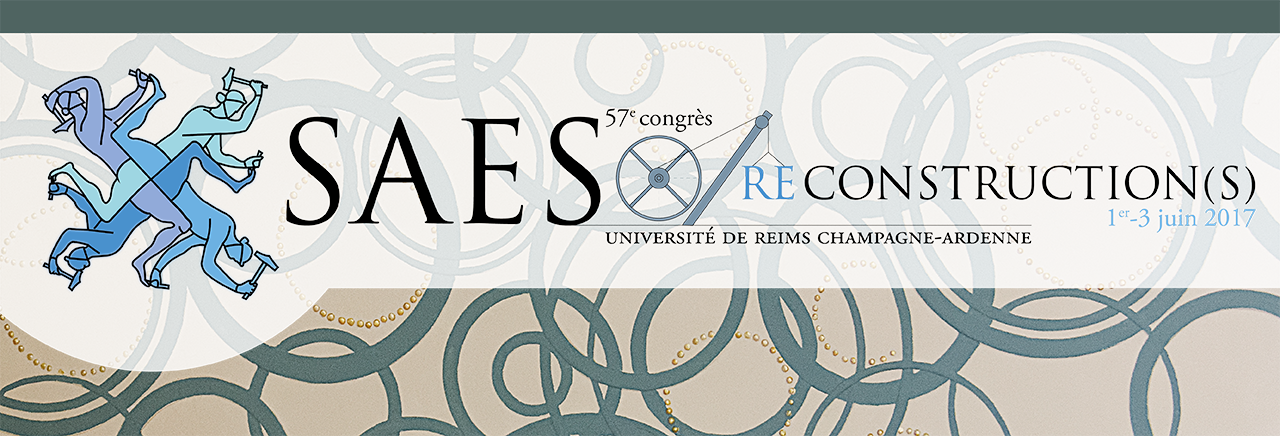Culture and Carpentry: Why Reconstruct Shakespeare’s Workplace?

Crédit photo: Maschinenjunge
The impetus for reconstructing the Globe Theatre came almost entirely from Sam Wanamaker, inadequately described as an ‘American Actor/Director’, so it is worth setting the scene by reminding ourselves of his motivations. He traced his fascination with Shakespeare to a visit he made to the Chicago World Fair in 1933/34, a time when his fourteen-year-old self was thinking that he might make a career of acting. The cheerful, half-timbered model of the Globe, prominently displayed there, gave him a vision of Britain as an amazing place, steeped in a continuous tradition of playing from the late sixteenth century to the present day, and implied that there would be physical manifestations of that tradition all around; bits of theatres here, parts of playhouses there. Imagine his disappointment when he visited London in the late 1940s and made his way to Bankside, to the site of the very Globe Theatre that had so stirred his passion, to find, well…nothing. He did find a bronze plaque, but North Southwark then was a depressing place. All Americans think that the climate in England is just so many shades of grey, and, for this corner of post-industrial London, with abandoned buildings, un-developed bomb sites and quaint, yesteryear names like ‘Ropemaker Street’, where no rope had been made for a generation, and Skinmarket Place, where no skins had been sold for many generations, the sense of a dystopia was overwhelming. Nobody he asked, when searching for the site, even knew that the Globe had once stood there. Why, he puzzled, have the British turned their back on their most famous son, their most precious cultural asset? How can this be right?
Wanamaker became a very successful actor, but his left-wing activism – mild by European standards – crossed the line drawn by McCarthy, and he found his name on the infamous Hollywood Blacklist, so, while filming in London in 1952 he decided it was prudent not to return to America. He brought Stanislavski Method Acting with him to a Britain that had barely heard of it, and started over again – as the most modern of modernists. He reconstructed his career, and re-invented his life. In the late 1960’s, however, he felt the need to look backwards into the source of modern, English speaking acting and he set about plans to build some kind of playhouse in Bankside, near the original site of the Globe.
He was moderately wealthy, but did not have the kind of cash needed to fund the construction of a new theatre, so he had to raise money, from wherever he could. He was not sure, at that point, quite what it was that he wanted to reconstruct; neither did he know that it would take over thirty years of dogged and stubborn effort, that it would dominate his family and that it would become the defining objective of the second half of his life. He would always laugh to avoid answering when asked if he would have started the project if he had known how long, and how much effort, it was going to take, but, in truth, time became the most useful resource the project had. A quickly realised reconstruction would have been a flimsy thing, intellectually, and would have been seen to have little lasting value to a Britain that was somewhere between unimpressed and scornful of his ‘American’ proposition. Having the gift of time made it was possible to address the three key questions that are fundamental to this endeavour:
- Why reconstruct?
- How to reconstruct?
- What is it we are reconstructing?
It is these three questions that I will be addressing in this talk, using both the oak, plaster and thatch Globe and its sister, and near neighbour, the candle-lit Indoor Jacobean Playhouse – the Sam Wanamaker Playhouse – to explore these notions. I will demonstrate how we reconstructed the buildings, and how this has necessarily involved many other reconstructions too. We had to reconstruct the forgotten craft of English Historic Carpentry, we had to reconstruct an aesthetic – one that predates our mantra of ‘truth to materials’, we had to reconstruct the notion of theatrical performance, stripping out both artificial light and artificial sound, and we had to reconstruct the most precious thing, the direct connection between actor and audience. Britain had lost its cultural memory of these things, just as the Bankside residents had lost their cultural memory of the Globe. The bi-product, too, was that the project became the catalyst for the reconstruction of Bankside: a central London neighbourhood.
What, in summary, has all this achieved? I hope to show that we have not re-made something old, or pretend old, but something fresh, new, and ‘now’. The Globe Theatre reconstruction, and re-imagined Sam Wanamaker Playhouse, more reflect 2017 than either 1599 or 1616.


